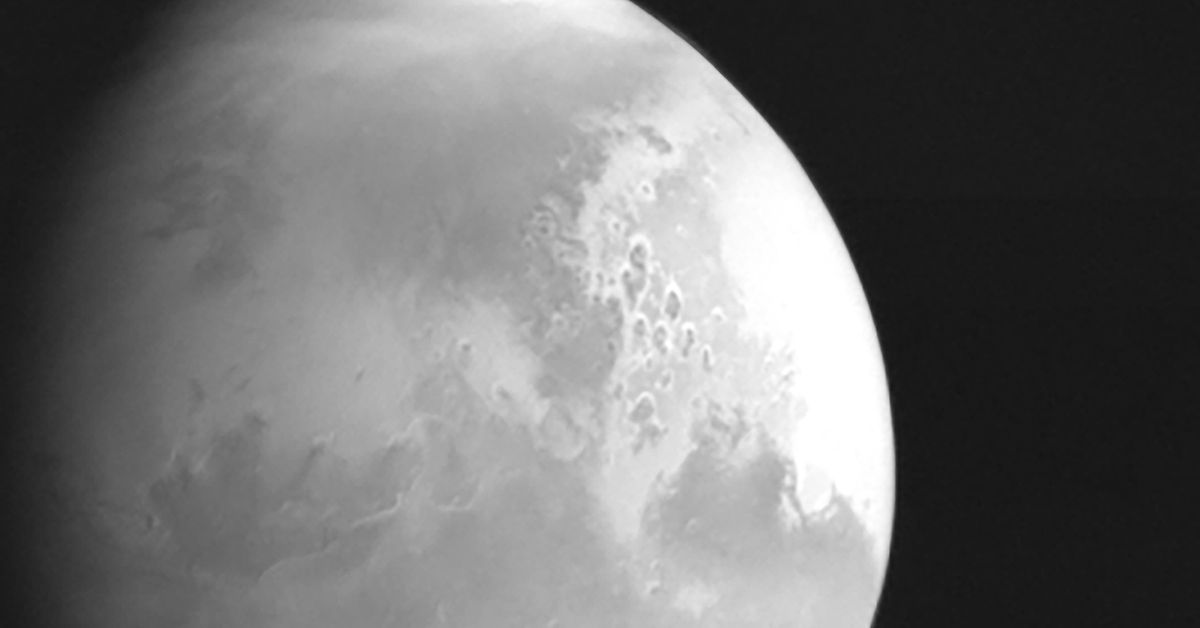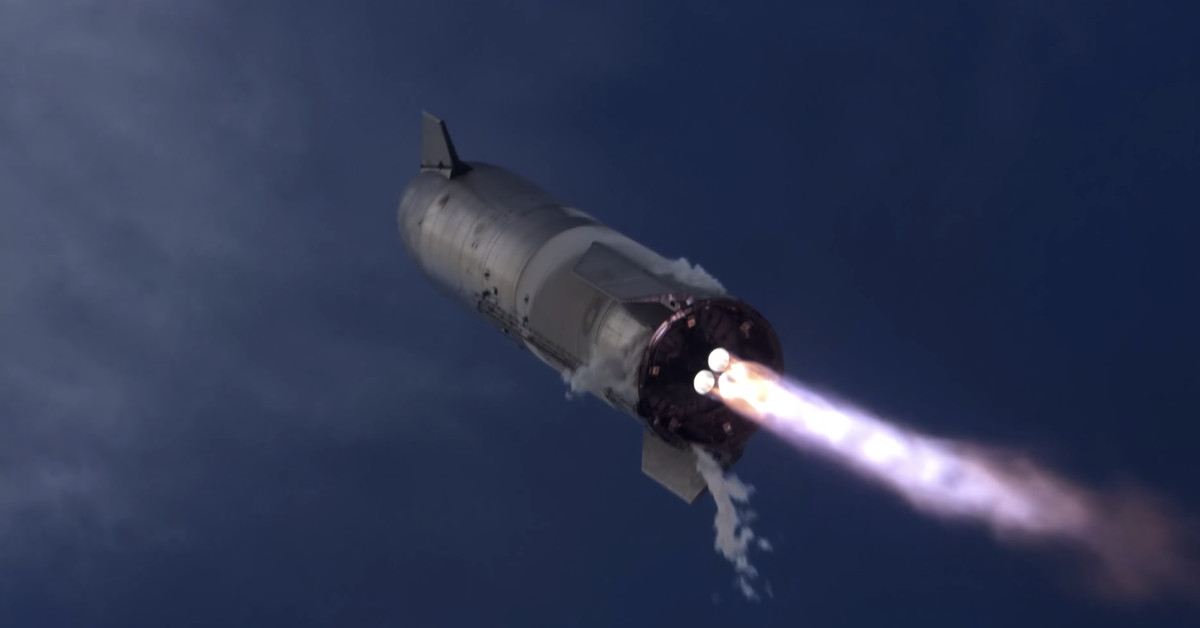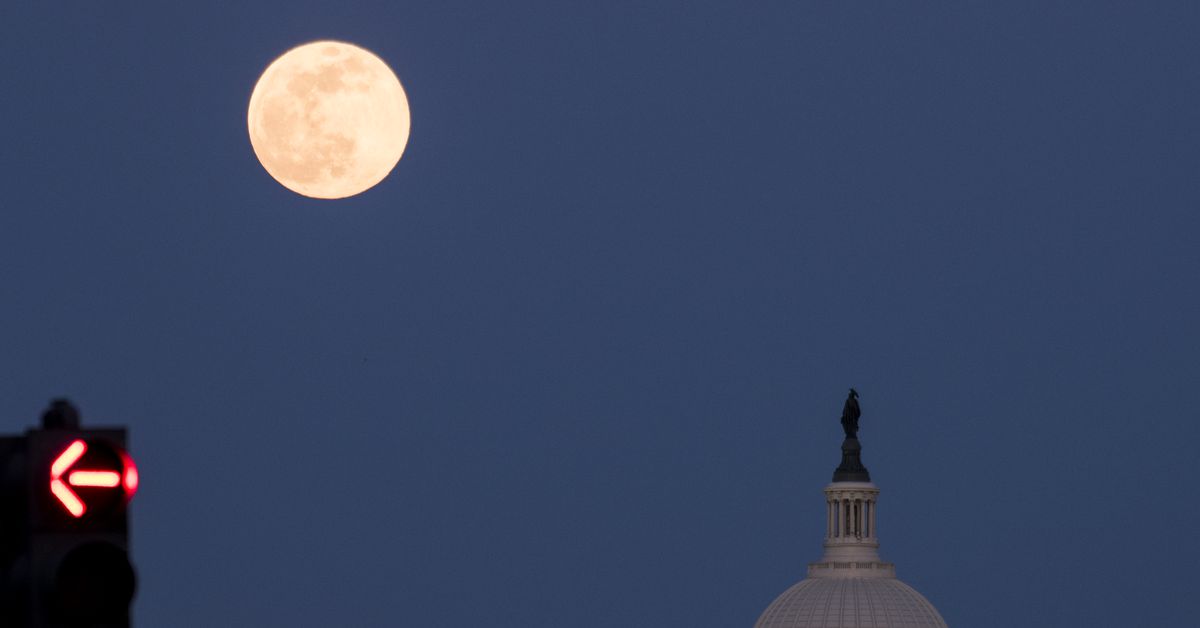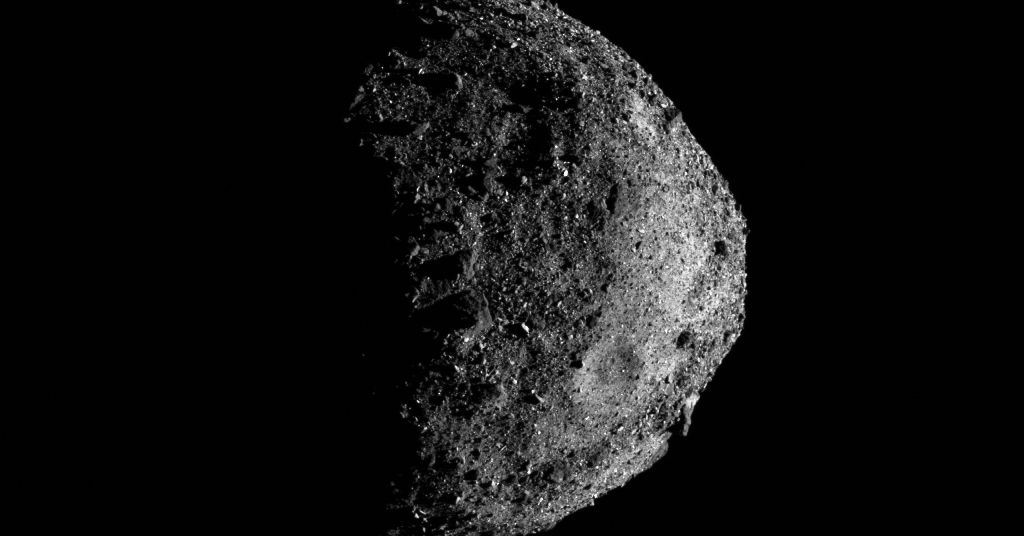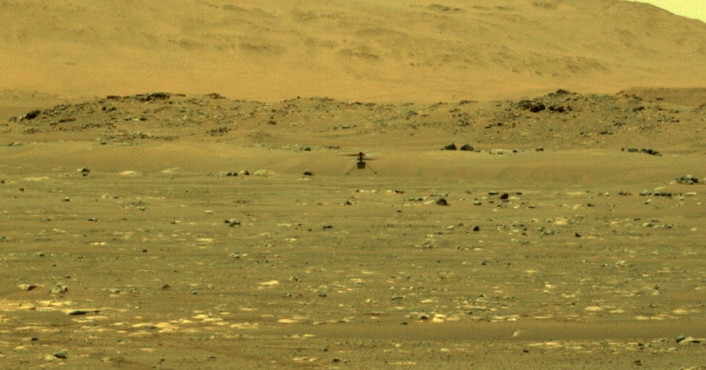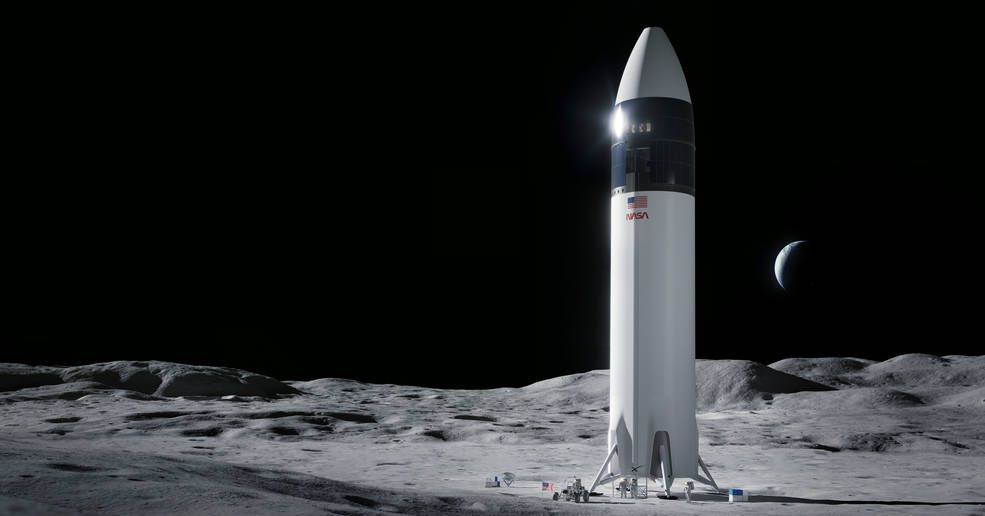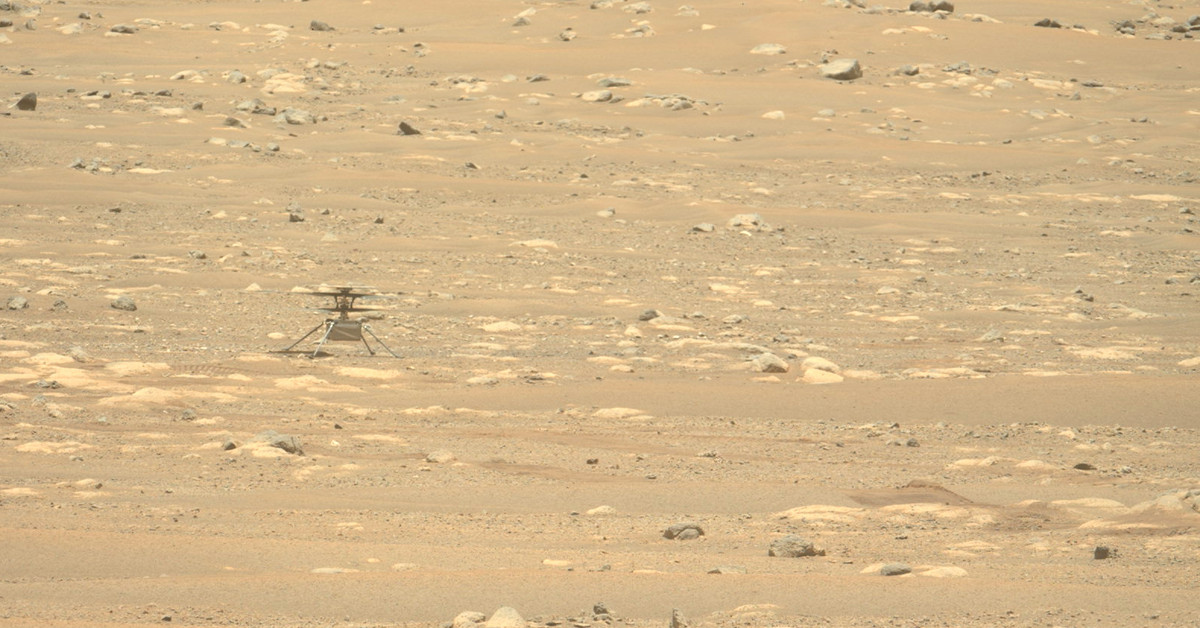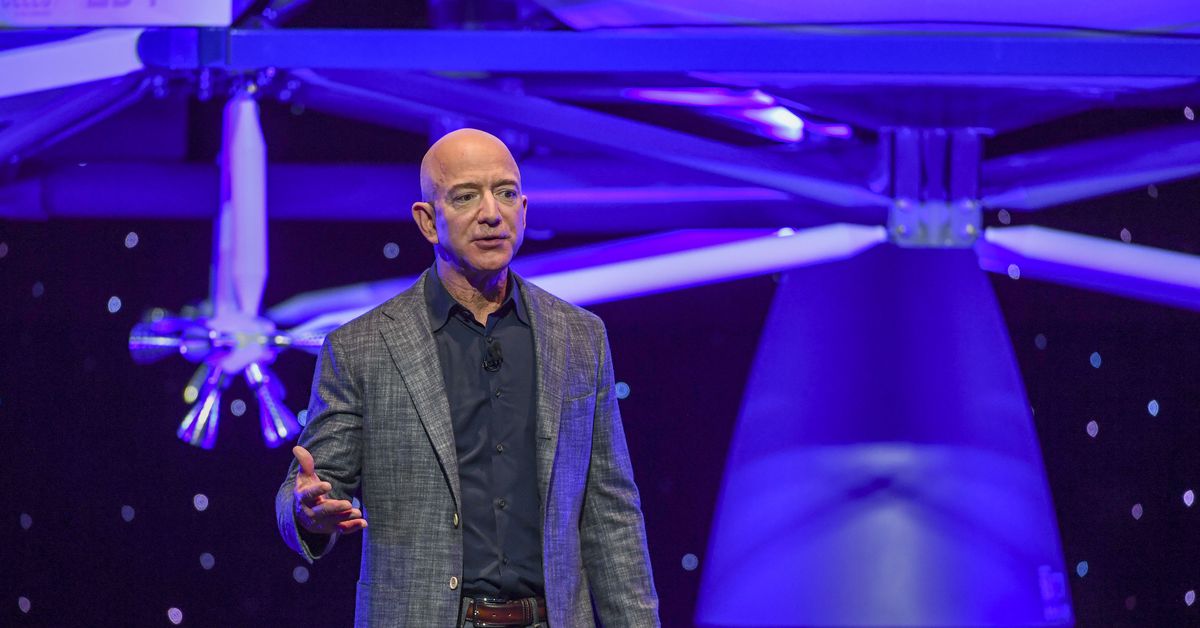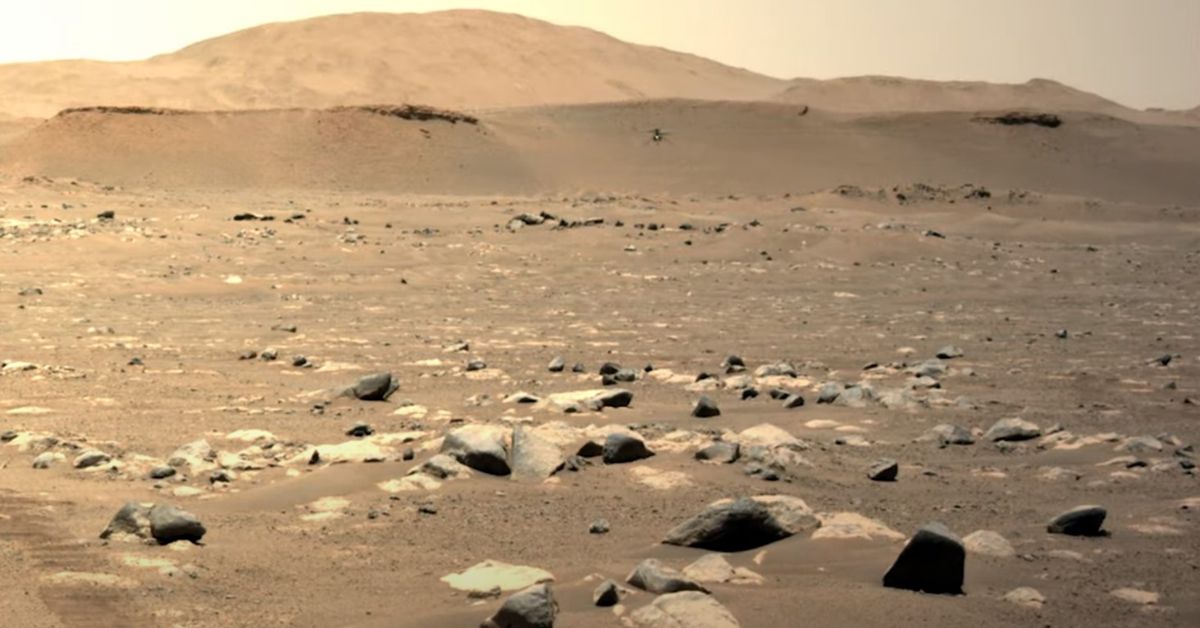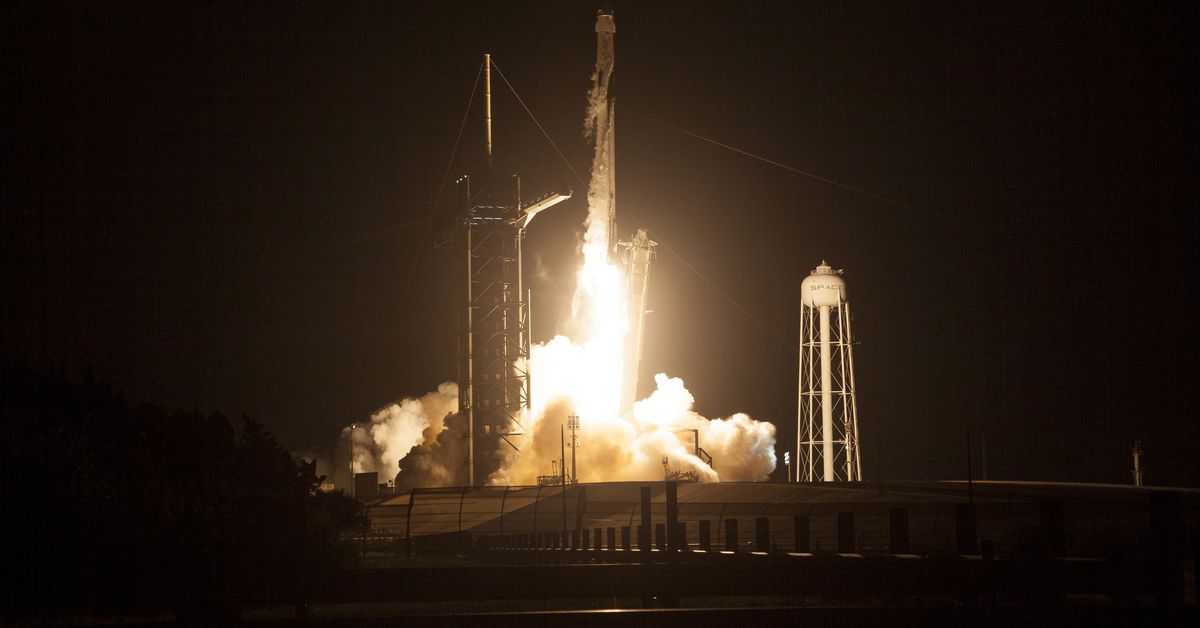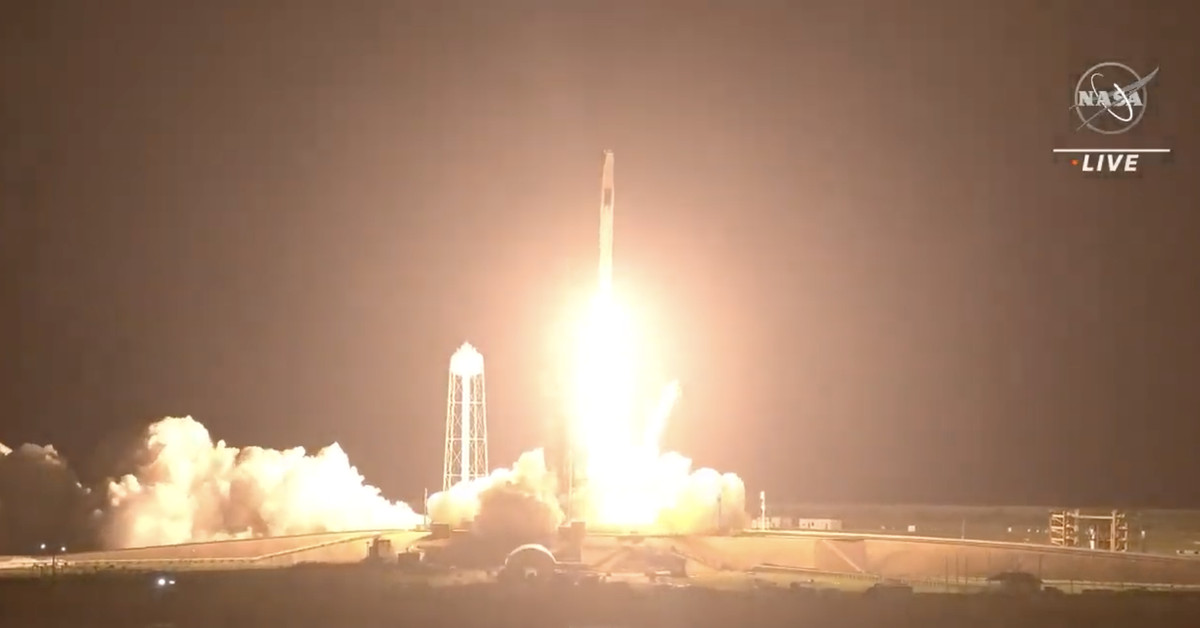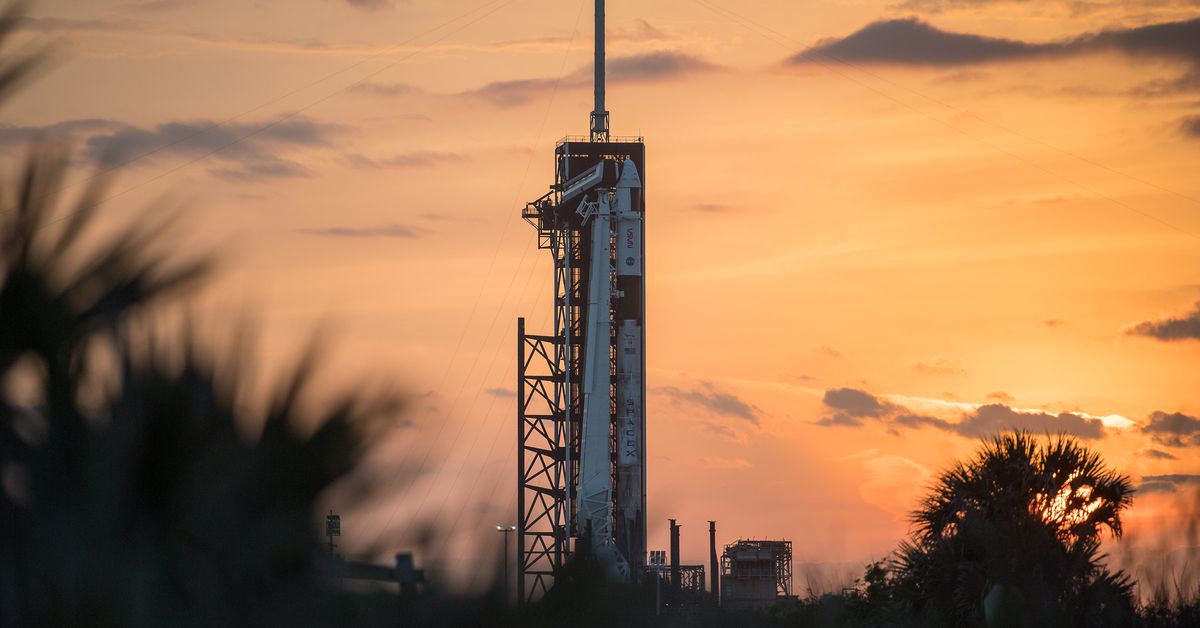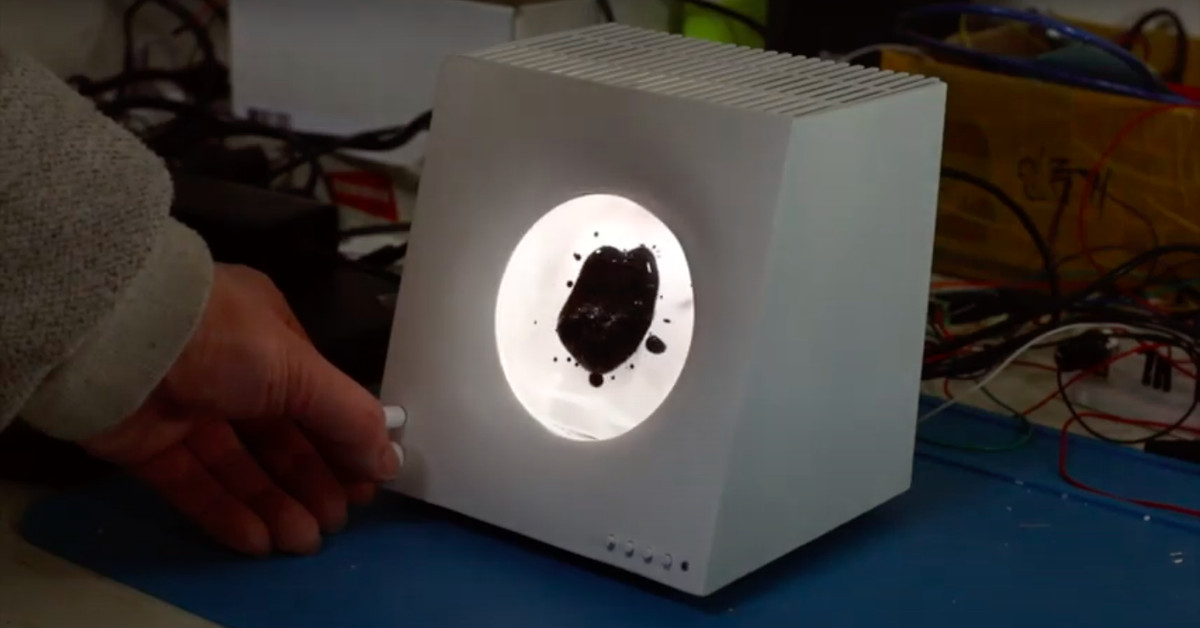One of the instruments aboard Solar Orbiter, a probe built by the European Space Agency (ESA) and NASA, caught its first video of a coronal mass ejection while whizzing around the other side of the Sun in February. Solar Orbiter, which launched in early 2020, has detected these massive bursts of energy in the past, but the explosion captured in February this year was an exciting first for NASA.
NASA built the Solar Orbiter Heliospheric Imager, or the SoloHI instrument for the Solar Orbiter. It recently captured an energetic gust of solar plasma jetting from the star’s surface as the spacecraft was meandering around the Sun. Scientists didn’t expect the spacecraft to beam back any exciting images at this point — data is slow to reach Earth from such a far distance, and Solar Orbiter’s main mission doesn’t kick off until November.
But SoloHI delivered the goods anyway, as it came out from behind the Sun and reentered Earth’s line of sight, beaming back what NASA called a “happy accident.” Two other instruments aboard the Solar Orbiter, the Extreme Ultraviolet Imager (EUI) and the Metis coronagraph, may have captured different views of the coronal mass ejection around the same time.
Scientists are still piecing together the images from the different instruments to get a clear picture of what was going on near the Sun that day. Around the same time that SoloHi recorded its first detection of a coronal mass ejection, EUI and METIS detected a pair of coronal mass ejections. Other solar-focused spacecraft also captured images and video of the eruptions that day.
Coronal mass ejections are lively bursts of plasma that send geomagnetic shockwaves across the solar system. The bigger ones that cross paths with Earth can wreak havoc on satellites in space, potentially disrupting radio transmissions or (for really rare and massive ones) knocking power grids offline. The plasma emitted from these ejections pummel Earth’s protective magnetosphere and slide around into its polar regions, clashing with the atmosphere and giving rise to the Northern and Southern Lights, or aurora.
Solar Orbiter’s main mission is to study the Sun up-close, helping scientists understand the causes of solar wind and how it affects Earth. The minivan-sized craft, coming as close as 26 million miles from the Sun, is among the closest human-made objects to probe the star. It’s second only to NASA’s Parker Solar Probe which is designed to get even closer, zipping around the Sun at a distance of just 3.8 million miles.
In July last year, Solar Orbiter’s Extreme Ultraviolet Imager nabbed some high-resolution shots of what scientists dubbed “campfires” — tiny surface explosions more formally called nanoflares.

